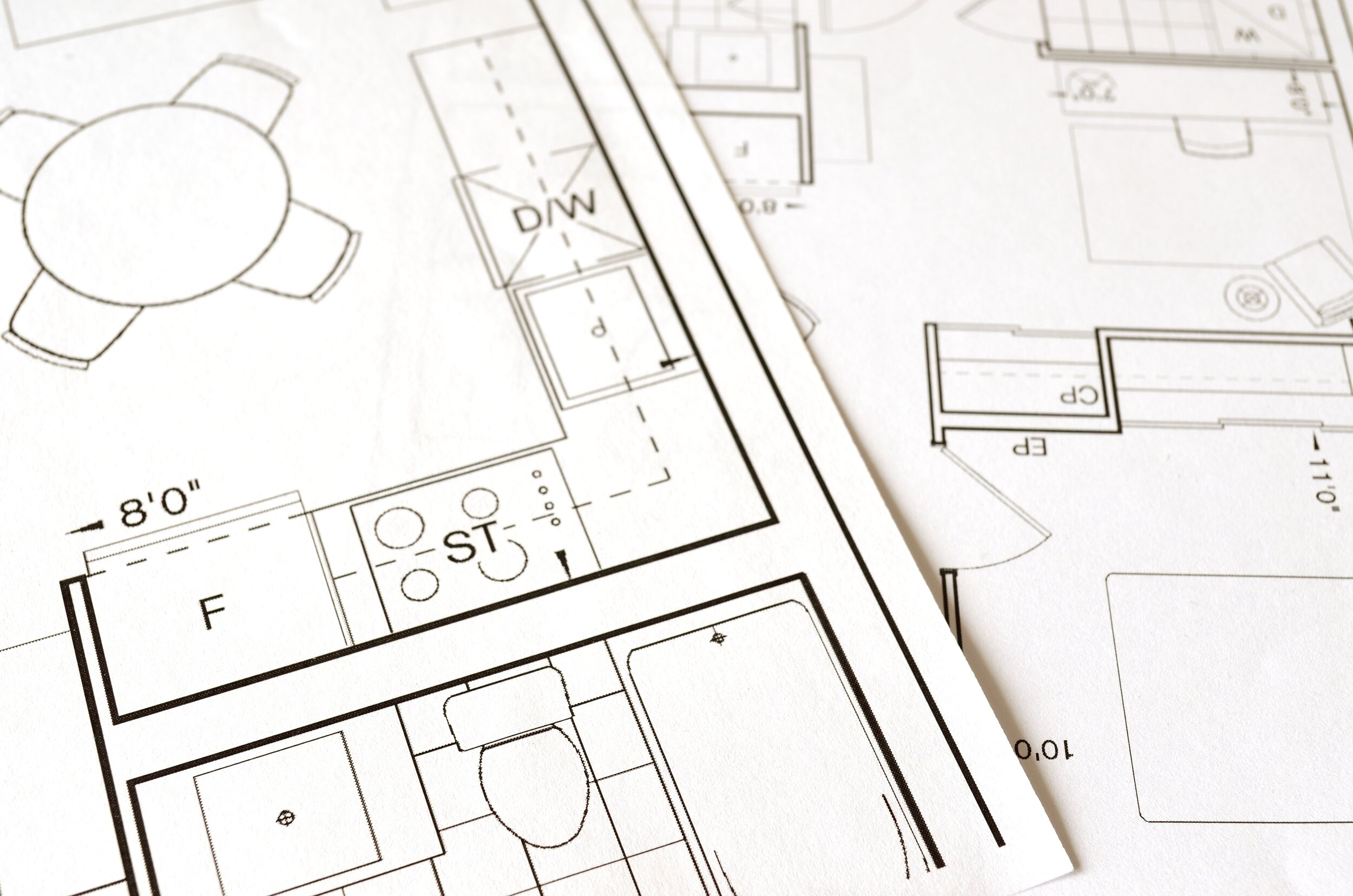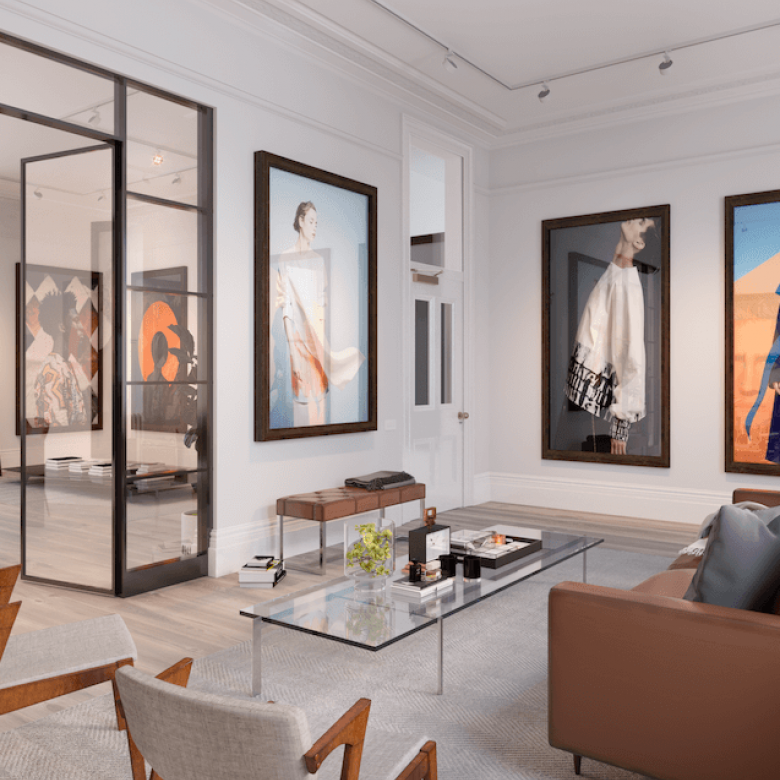Discover the Best Interior Design Near Me for Your Dream Home
Discover the Best Interior Design Near Me for Your Dream Home
Blog Article
Taking Full Advantage Of Visual Allure: The Harmony In Between Interior Design and Home Designer Strategies
Understanding the subtle interplay in between interior decoration and home architecture can considerably boost the aesthetic charm of a space. This marital relationship of layout techniques includes a thoughtful integration of building aspects with indoor designs, and a skillful application of concepts such as balance, rhythm, and comparison. As we discover this synergy, we will certainly discover methods to create aesthetically striking and practical environments that not only reflect individual design, but additionally adjust to the dynamic demands of modern-day living.
Recognizing the Fundamentals: Defining Interior Design and Home Architecture
Interior layout and home architecture, frequently intertwined, stand for the aesthetic and structural elements of our living areas. Interior style is a multifaceted discipline that involves producing functional, risk-free, and visually pleasing rooms inside a building. On the other hand, home style mainly focuses on the strong structure of a building.
The Synergy Described: Just How Indoor Style and Home Style Intersect
Comprehending the harmony between interior decoration and home design can unlock a globe of imagination and capability. When discussing this junction, the influence of design on insides is a vital element to take into consideration. This conversation will focus on the unifying layout principles that mix these two areas right into an unified whole
Unifying Design Principles
While it might appear that interior style and home architecture are two distinct self-controls, they are in fact deeply interconnected, forming a synergy that is important for developing unified space. Unifying layout principles are the columns that promote this synergy. The principles include balance, rhythm, consistency, emphasis, and contrast. These components coalesce to offer a cohesive aesthetic appeal. Balance develops a sense of stability, rhythm gives a sense of activity, consistency guarantees unity, contrast sparks rate of interest, and emphasis accentuates key aspects. The strategic application of these principles allows a smooth mix of looks and function, boosting the general experience of the room. In significance, these concepts act as the bridge, unifying indoor style and architectural techniques.
Building Influence on Insides
When one thinks about the building impact on insides,The intertwining of interior style and architecture comes to be also a lot more obvious. Building components are inherent to a space's capability and appearances, forming the style from the onset. Columns, stairs, arches or beam of lights, for example, offer both attractive and structural objectives. They can separate spaces, create focal points or imbue a room with a certain ambiance. Consideration of percentage, texture, and light additionally come from building impacts. Eventually, design mold and mildews the canvas upon which interior designers function. Their harmony is hence indisputable: architecture develops the framework, which interior design boosts with style, color, and appearance. This cooperative relationship makes certain an unified equilibrium in between feature and beauty, optimizing the visual appeal of any type of area.
Trick Principles in Balancing Interior Design and Home Architecture
Striking a balance in between performance and appearance is an essential facet of integrating interior decoration and home style. An equally crucial principle is the combination of lasting layout to develop energy-efficient and environmentally friendly homes. Lastly, understanding and checking out different building styles can likewise play an important function in accomplishing a harmonious style.

Balancing Performance and Aesthetics
Stabilizing performance and aesthetics in interior decoration and home architecture becomes one of the paramount principles to take into consideration. This delicate balance needs a careful blend of practicality and charm, aiming to produce spaces that are not just visually pleasing however additionally offer their designated function successfully. Appearance uplifts the mood and influences the understanding of space, whereas performance makes sure usability and comfort. Secret to this equilibrium is a thoughtful option of aspects such as color, texture, and illumination, which need to match each various other while offering their individual functions. Similarly important is the reliable setup of the space, with a well-planned layout adding dramatically to the harmony in between performance and aesthetics. This unified mix inevitably improves the top quality of life for the passengers.
Lasting Layout Integration
In keeping the stability in between capability and visual appeals, one must additionally take into consideration the assimilation of lasting layout concepts. This strategy not only improves the visual charm of a space yet likewise ensures its long life and lowered environmental effect. The essential depend on picking materials that are environment-friendly, long lasting, and appealing. This consists of natural, recycled, or low-impact materials that contribute to a much healthier and much more sustainable world. Engineers and designers can also integrate energy-efficient systems, such as Interior design near me energy-saving devices or solar panels. Making certain great indoor air high quality through enough all-natural illumination and air flow is important. For that reason, a harmonious blend of interior decoration and home architecture, assisted by sustainability, can develop rooms that are beautiful, practical, and eco friendly.
Checking Out Building Styles
While there are a huge selection of architectural designs to explore, it is necessary to understand that each one lugs its special principles that can dramatically influence the harmonization of indoor design and home design. These styles, varying from the luxuriant Baroque to the minimal Modernist, bring unique approaches and visual appeals that, when correctly understood and made use of, can produce homes that are not only visually magnificent but also harmoniously incorporated in regards to style and architecture. Selecting an architectural design is not simply concerning individual aesthetic preference; it has to do with choosing a style language that talks to the homeowner's lifestyle, ideology, and goals, creating a home that is a true representation of its citizens.
Situation Researches: Exceptional Examples of Design and Design Synergy
Digging right into some exceptional study gives a profound understanding of exactly how style and architecture can harmoniously merge to produce compelling and practical rooms. The iconic Fallingwater home, designed by Frank Lloyd Wright, exquisitely shows this synergy. Wright's style masterfully integrates the house with click here for more info its bordering landscape, while the interior mirrors the exterior's organic types. Another example is the minimalistic Tadao Ando's Church of Light in Japan. The designer achieved a best equilibrium between simplicity and dramatization, making use of raw concrete and light. Inside, the plain, very little design creates a sense of serenity and spiritual reflection. These examples show the value of harmony between interior decoration and architecture in attaining visual and practical success.
Practical Tips: Enhancing Your Home's Visual Appeal
Drawing ideas from the instance research studies of architectural and style harmony, homeowners as well can carry out some practical methods to increase their home's visual charm. A harmonious blend of shades, structures, and illumination can boost an area, developing a cozy and inviting environment. Selecting furniture that enhances the architectural elements of the home can cultivate a sense of unity. Wall surface art and design items can include personality, showing individual design and preference. Including greenery, either via indoor plants or sights to the outdoors, can bring a component of nature, providing a relaxing impact. Creative use mirrors can open up an area, giving an illusion of a larger area. Ultimately, the aesthetic allure lies in stabilizing capability with design, producing a home that is both attractive and livable.

Future Trends: Exactly How Modern Techniques Are Changing Interior Design and Design
As the world advances, so do the fads in interior design and architecture. Modern strategies are increasingly focusing on sustainability, integrating energy-efficient designs and environment-friendly materials. These fads reflect a shift towards styles that are not simply aesthetically pleasing, yet likewise eco aware, technically advanced, and adaptable to altering way of livings.
Final thought
In conclusion, the integration of interior style and home architecture techniques is a vibrant strategy to improving aesthetic charm. By leveraging crucial principles like comparison, rhythm, and balance, and incorporating elements of contemporary living, designers can develop versatile, aesthetically pleasing environments. With understanding this synergy, house owners can make enlightened choices that not just elevate their living spaces but also contribute to their general well-being.
Recognizing the refined interaction between indoor layout look at this website and home design can considerably boost the aesthetic charm of a living area.Interior design and home design, typically linked, represent the visual and architectural elements of our living rooms.While it may appear that interior style and home style are two distinct disciplines, they are in fact deeply interconnected, creating a harmony that is necessary for creating unified living spaces.The intertwining of interior style and architecture comes to be even much more apparent when one takes into consideration the architectural impact on interiors. An unified blend of interior style and home style, guided by sustainability, can produce rooms that are stunning, useful, and eco pleasant.
Report this page